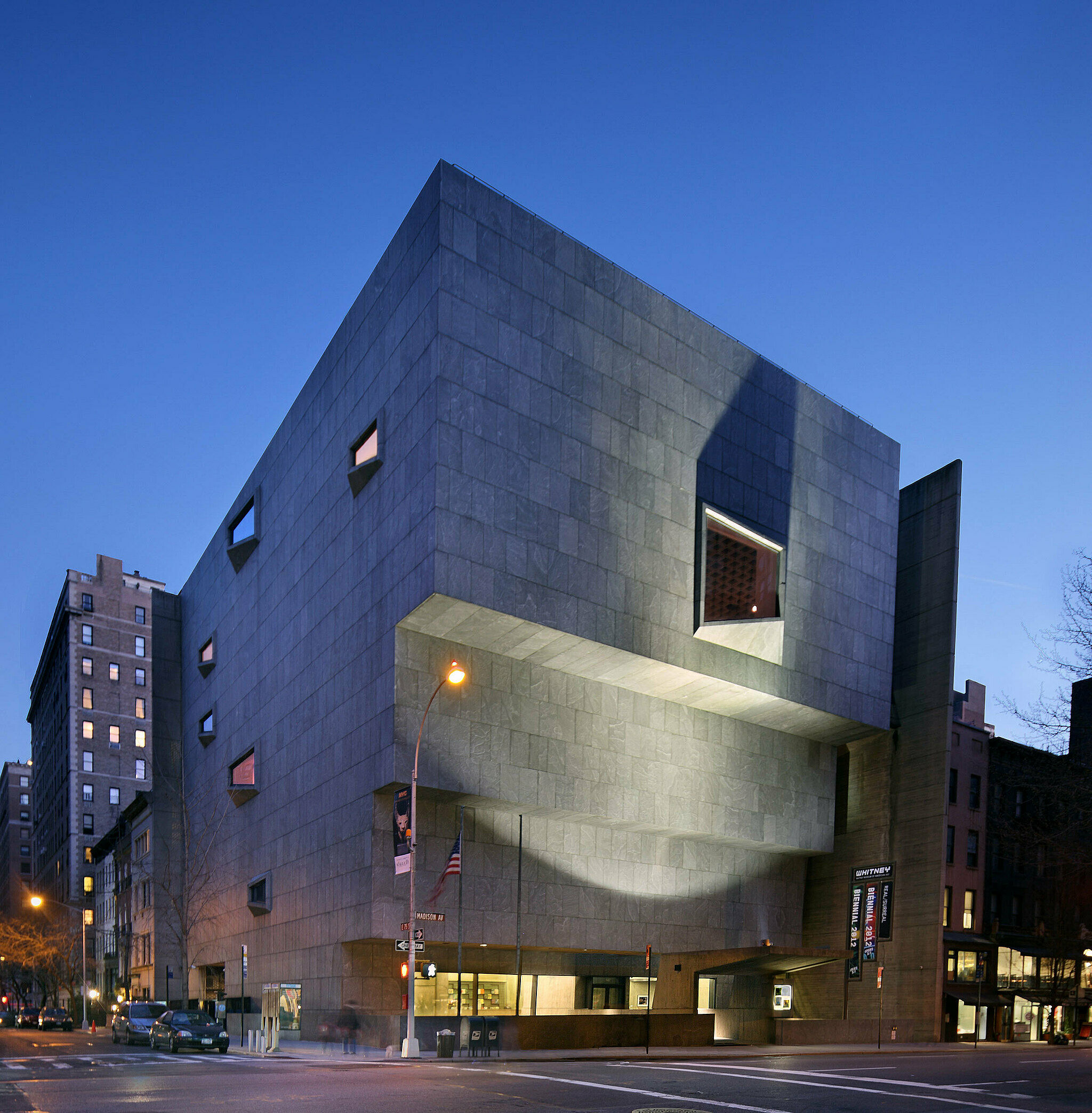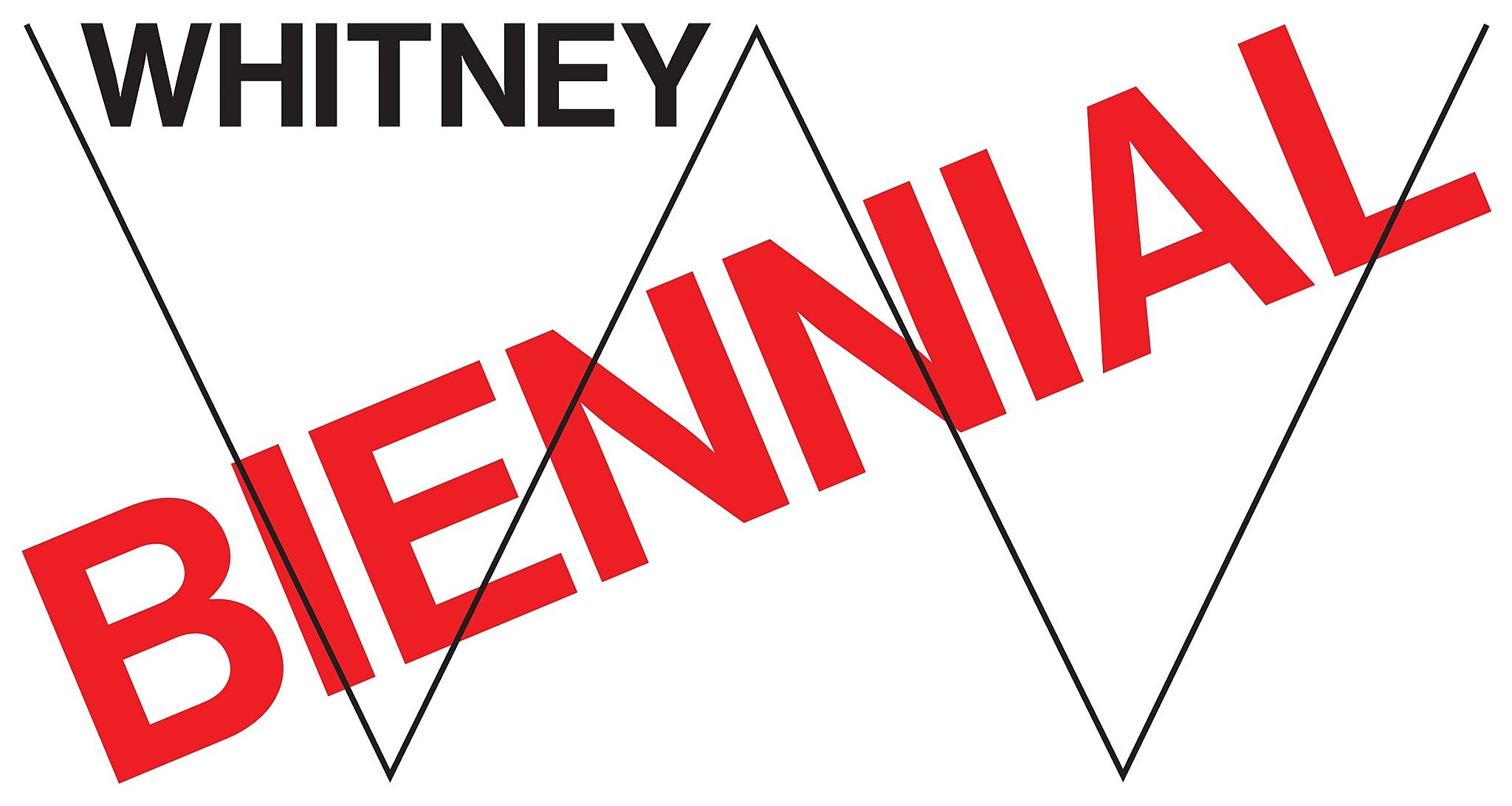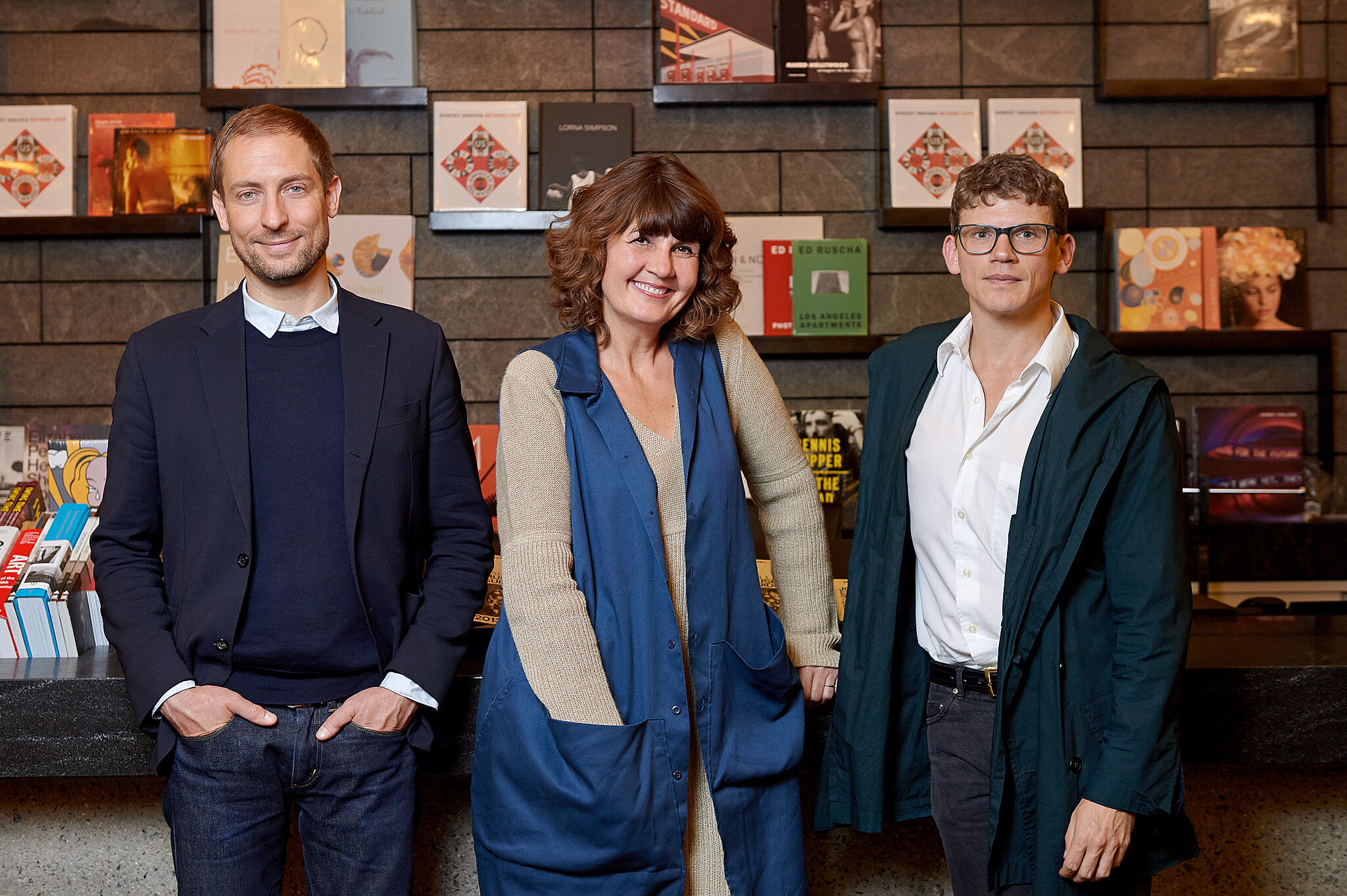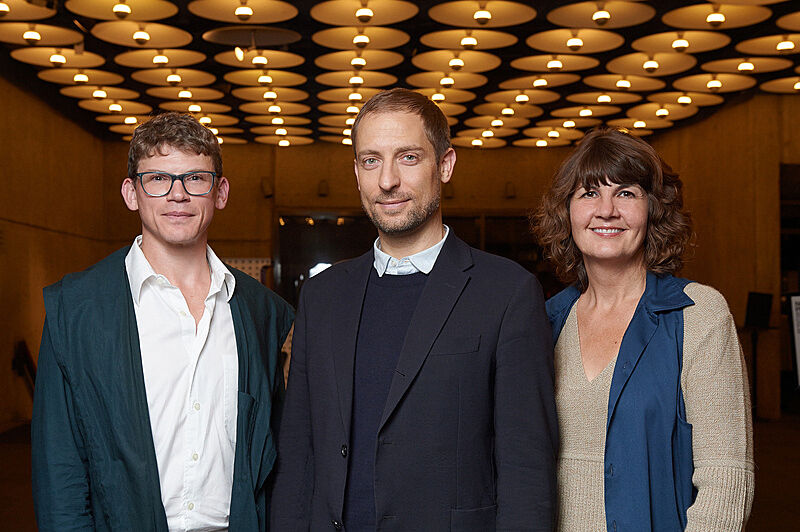Q&A With the 2014 Whitney Biennial Curators: Part Three
Mar 10, 2014
The 2014 Biennial is the last to take place in the Whitney's Marcel Breuer-designed building uptown before the Museum moves to its future home in the Meatpacking District. In the final installment of this three-part interview, curators Michelle Grabner, Anthony Elms, and Stuart Comer share their thoughts on working in the iconic building, and discuss their current interests and influences.
What are you most interested in right now?
Michelle Grabner: New Materialism and Affect Theory are politically compelling to me. The free market and its influence on art making, distribution, and value construction have to be looked at carefully if one is to truly understand contemporary art.
Anthony Elma: A lot of artists have been revisiting poetry in the last few years; that keeps coming to the fore for me. I was involved with bands and music before I was solely involved in art, so I’m interested in people who have some leaning toward music, whether it comes through in their work or not. Right now I’m particularly fascinated by artists who are invested in how to bring different spaces together, or languages, or how to involve other artists. People who are making their own thing but making it with the efforts, effects, or something—the aura—of others.
Stuart Comer: I try to go to as many international biennials as I can. For many of the really exciting ones, the common tendency now is to include virtually no artists from North America. I think it highlights how quickly New York is no longer the only major center of production and discussion—it’s still a really critical center, but it’s not the only one. I’m also keenly aware that the discussion in LA is involving more artists from Latin America and Asia. The only way the discussion is going to move forward is to try to accommodate and understand all of these different points of view.
How is the Breuer building and the Whitney's history figuring into your thoughts on the Biennial?
MG: I’ve been visiting the Whitney since my first trip to NYC as an art student in 1982. Breuer's fantastic volumes are ideal for discrete works of art. I only have three screens on the fourth floor, with heavy emphasis on painting and sculpture.
AE: We all love the building, but none of us wanted to fetishize it. You have to have a starting point, and the building was something I could grab on to. What does it make me think? As I’m looking at artwork, how do I see it in the Breuer space? That became a useful landing, or point of contact. The Whitney shared with us early on Breuer’s notes for how he envisioned the building to be used. I read them over and over again, and showed them to a couple of artists. Some said, “That’s exactly what I’ve been thinking I want my piece to do.” It’s a nice guide when difficult decisions have to be made to think about what can actually sit and breathe in that space.
SC: I associate the Breuer building with my childhood and the first moments when I began to engage with art. I remember the shock-blue shag carpeting in the elevator and the Charles Simmons in the staircase. I’m a fan of Brutalist architecture, and I love the friction the building has with the rest of the neighborhood. I want to use the space in a way that makes people aware of its surfaces and special characteristics. I’ve always thought of that lobby as a kind of inverted marquee; it gives a sense of something live and dynamic and exciting to come. I’m directly engaging the Breuer building as an institutional marker; two artists are doing projects that address the relationship between the buildings, and the city that exists between the two sites. For at least another generation, the Breuer building will be a palimpsest of the Whitney, and it will always be part of its cultural memory.
This interview is published in three installments. Read parts one and two, and check back in with Whitney Stories for more on the Biennial as programming unfolds.




